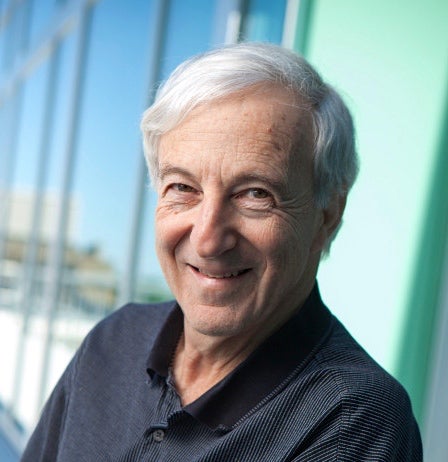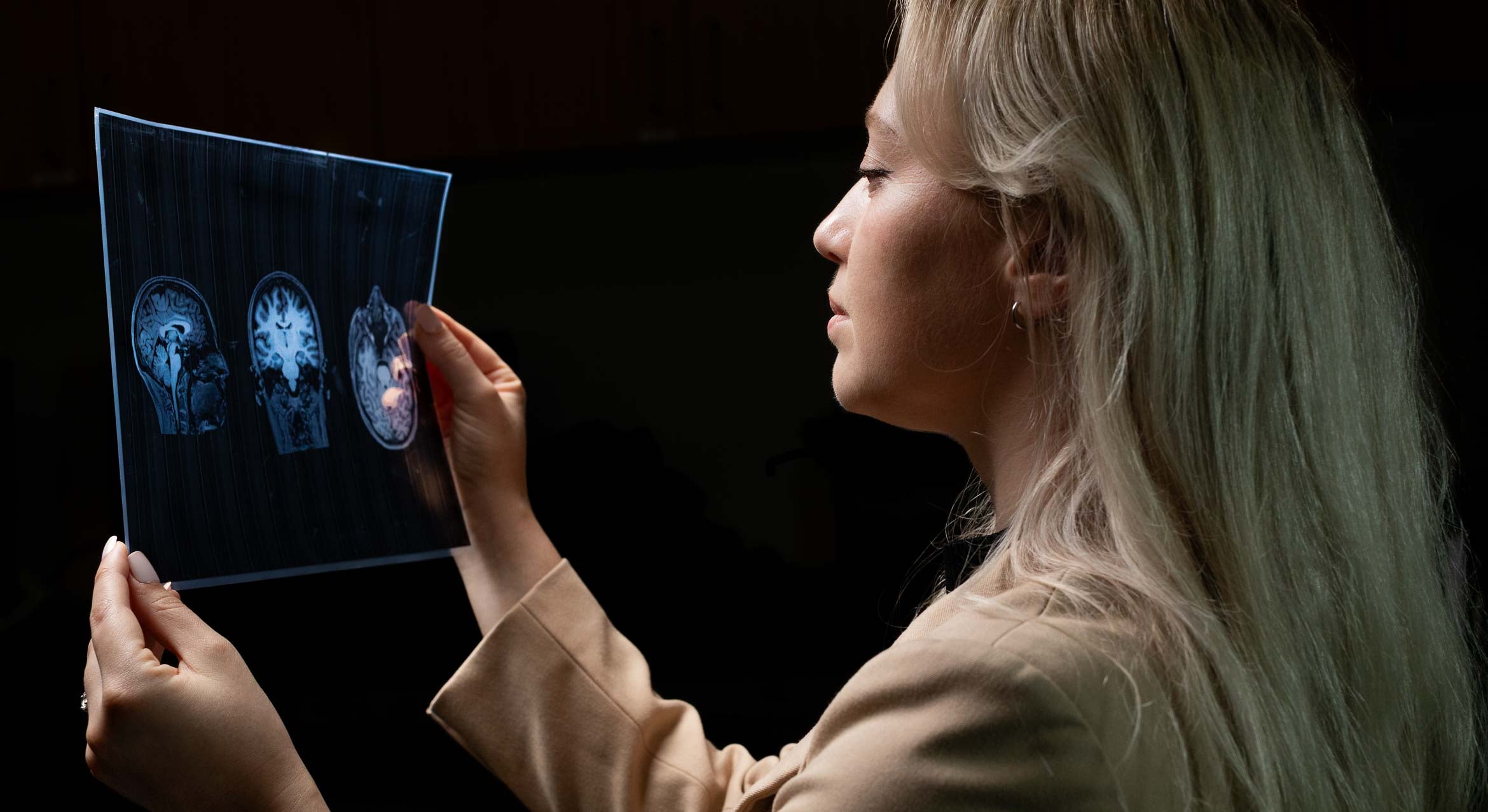
Was Einstein Right?
More than 100 years ago, Einstein published his General Theory of Relativity. Among its predictions were black holes and gravitational waves.
At the time, these ideas were so unusual that Einstein himself struggled with them. And in the ensuing century — despite much circumstantial evidence gathered by astronomers — these deviations from Newton’s theory of gravity have had no firm experimental confirmation. That all changed last year with the direct detection of gravitational waves from a pair of orbiting black holes.
Astrophysicist Saul Teukolsky will speak about what he calls one of the most exciting scientific discoveries of the last 50 years on Monday, May 15, at a free public lecture sponsored by UC Santa Barbara’s Kavli Institute for Theoretical Physics (KITP).
Teukolsky will explain what gravitational waves are and how they were detected and will address the role of supercomputers in establishing that the waves in question actually came from black holes. He also will discuss how the Laser Interferometer Gravitational-Wave Observatory (LIGO) experiment confirms that space and time are distorted by strong gravity — just as Einstein predicted.
“The LIGO discovery is a real tour de force of experimental physics,” said Teukolsky, the Hans A. Bethe Professor of Physics and Astrophysics at Cornell University and the Robinson Professor of Theoretical Astrophysics at the California Institute of Technology (Caltech). “It was an incredible effort by a huge team of people, but what I want to emphasize in my talk is that theorists had a role to play in this as well. I will explain how computational physics — namely using big computers to solve previously intractable problems — is being used more and more in support of experiments like this.”
Teukolsky’s fascination with Einstein began in high school in his native South Africa and eventually led him to Caltech where he studied with Kip Thorne. There, Teukolsky discovered that many astrophysics problems could only be tackled by supercomputers. In 1986, he co-authored a book on the subject of computation, “Numerical Recipes: The Art of Scientific Computing.”
According to Teukolsky, the confirmation of gravitational waves and the fact that black holes really do exist — “with all the weird properties that Einstein’s theory predicts” — point to an exciting future in the fields of physics and astronomy.
As the sensitivity of detectors improves, Teukolsky anticipates that scientists will be able to see new kinds events that involve neutron stars. This in turn, he noted, could open up a new window of astronomy where scientists can probe the universe with gravitational waves.
“This new information about astronomical events will lead to a revolution in astronomy,” Teukolsky said. “We might be able to detect events both electromagnetically with radio waves and optical light as well as with gravitational waves.”
Teukolsky added that as the precision of the experiments improves, small corrections to Einstein’s theory could emerge. Such alterations are inevitably necessary to reconcile the General Theory of Relativity with quantum mechanics.
“The precision tests that will become possible when black holes merge will allow us to see not only whether the wave form agrees with general relativity, but also whether it actually agrees to several decimal places,” Teukolsky explained. “Or will we see deviations that signal new physics?”
The KITP event begins at 8 p.m. at the New Vic Theater, 33 W. Victoria St. It is open to the public; however, reservations are required and can be made at https://www.kitp.ucsb.edu/public-lecture-rsvp or by calling (805) 893-6324 by May 12. Reserved seats will be held until 7:50 p.m. The lecture is sponsored by Friends of KITP.



